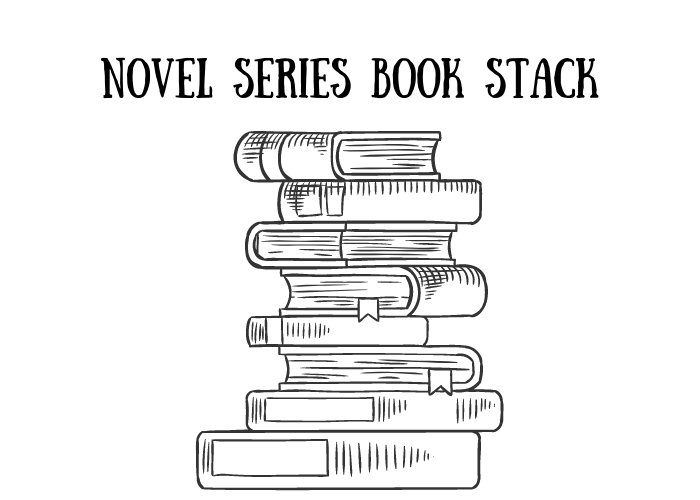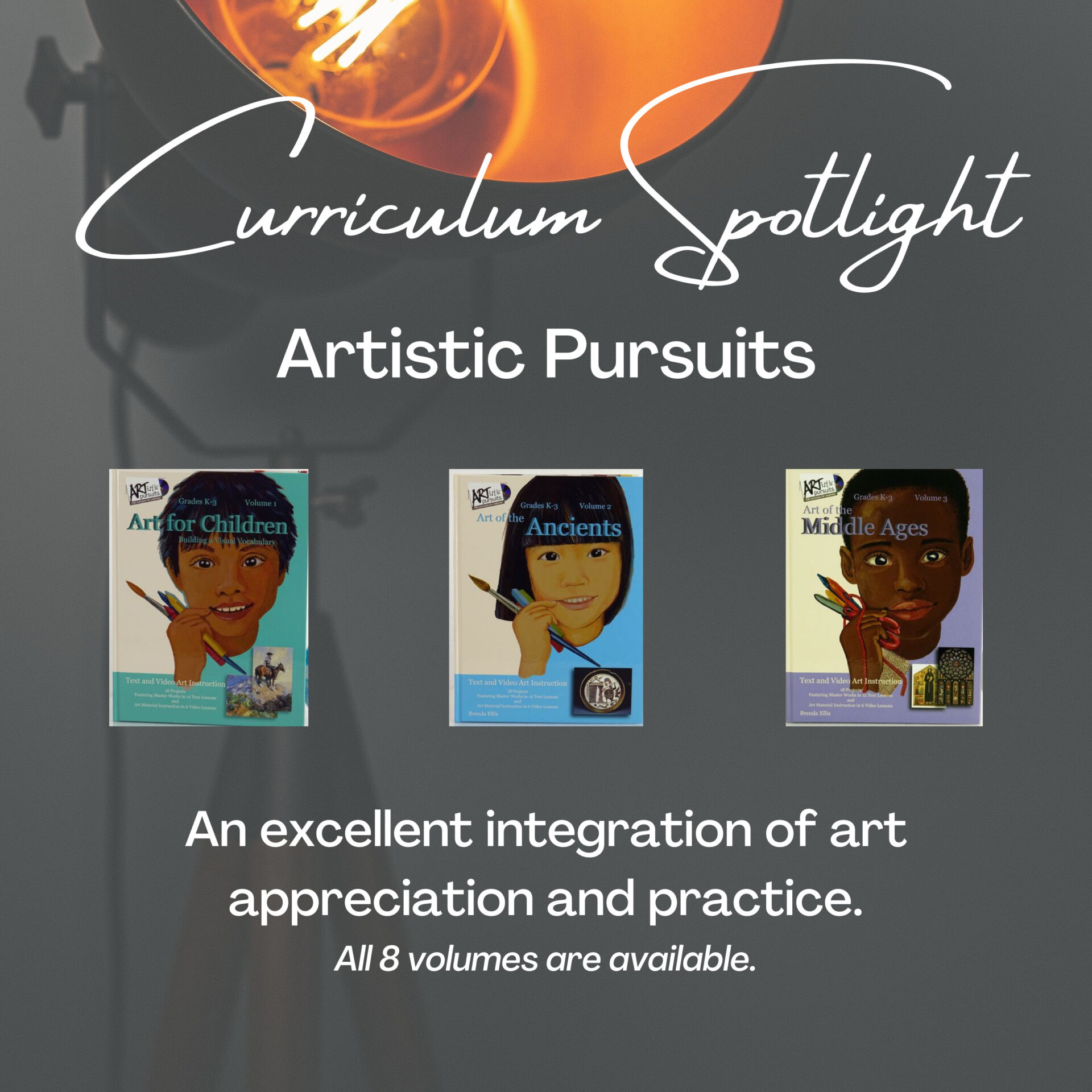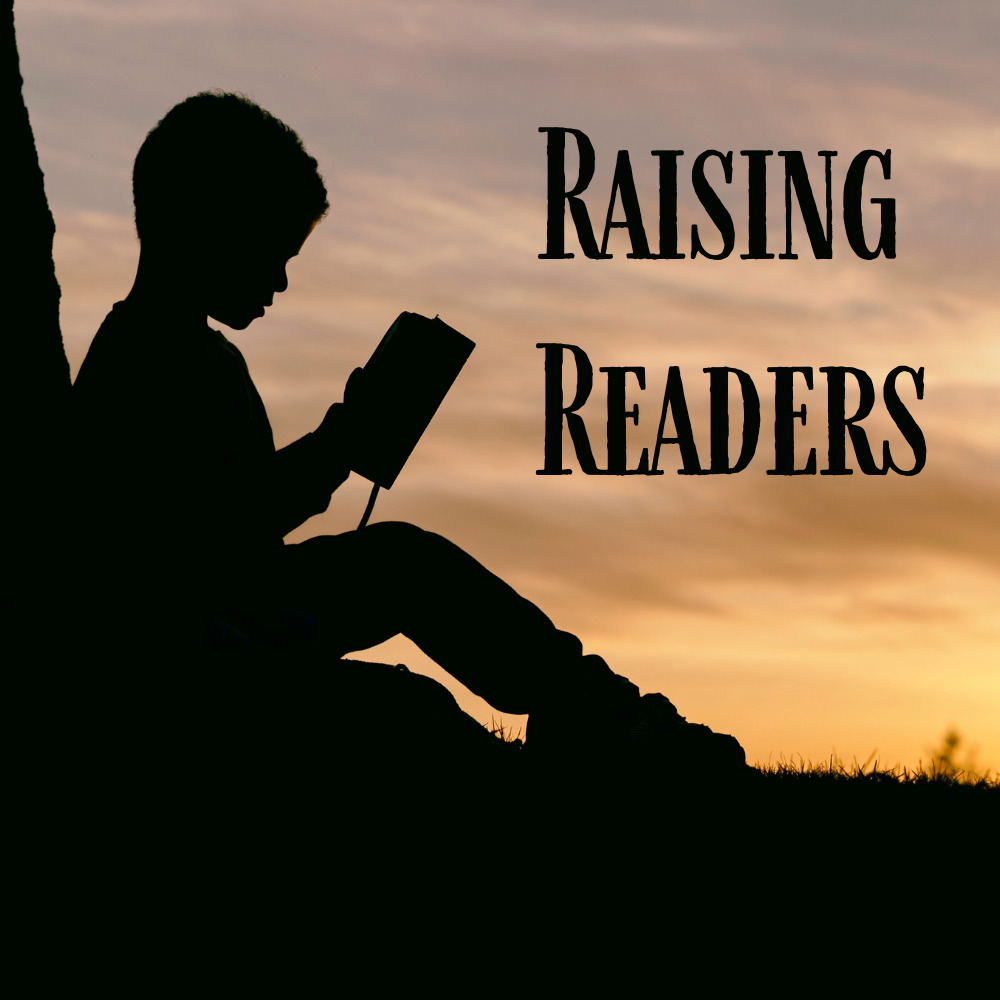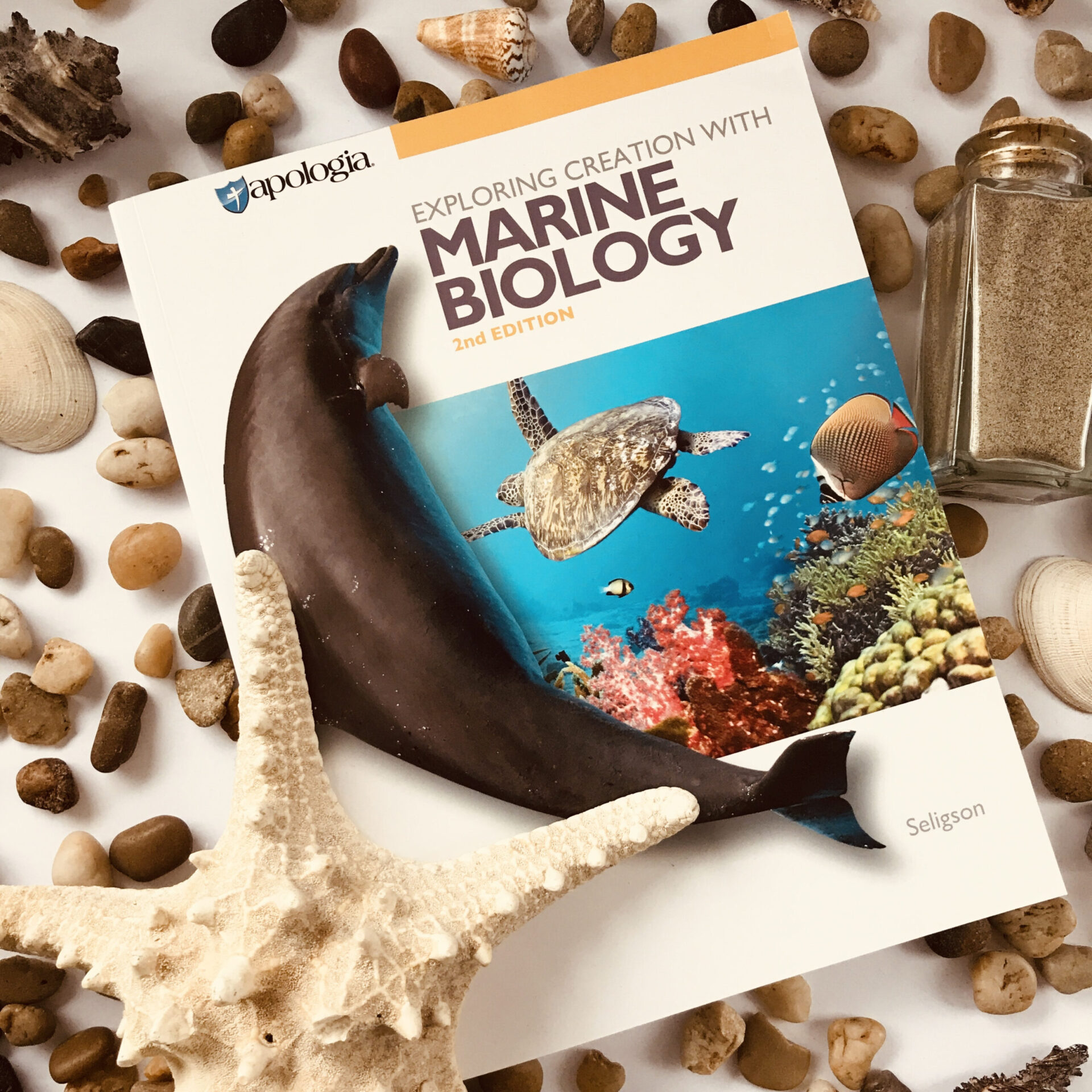Novel Series Book Stack

Readers love a good novel series! This blog post is full of reviews that will guide you to the next novel series for your children. Having trouble deciding? Start Wishlist on our website. Reviews are included here for: The Green Ember Padraic Colum’s Stories from Ancient Mythology The Wilderking Trilogy Marguerite Henry Books The Wingfeather Saga Green Ember Series Heather and Pickett are two youngsters who are suddenly faced with the unimaginable reality of losing their home and their family. Faced with betrayal resulting in a life-threatening race against hungry, vicious wolves Heather and Pickett must remember, and obey, those commands given by their parents in a time of peace when no one was really paying attention. So begins the story of rabbits with swords, or courage versus cowardice. The young siblings embark on an adventure that will take them to the end of the known rabbit world, and push them beyond their own limits of strength and valor. Heather, as the older sister will learn how to love and protect while allowing freedom and growth to happen in those she tenderly cares for. Pickett will need to make decisions on whether to deal with his envy and bitterness as he begins to work with a prickly mentor. At every turn, there is suspense as victory and defeat take on different forms and have bittersweet outcomes. Morbin Blackhawk, leader of the depraved forces closes in on the beauty and bravery displayed by King Jupiter’s descendants. Each individual soldier must choose for himself who to follow as more than one leader lays claim to the throne. As Heather and Pickett get closer to the throne, and the true descendant, they find themselves in the confidence of the throne’s secret. Can they protect rabbitkind? Will Heather’s talent be the undercurrent of strength to keep the faith even in captivity? Can Pickett hold his own and fight with a resolve that’s larger than life? This series will keep you wondering at every turn. It has quiet moments of reflection interspersed with adventure. And one of my favorite things about this series is that it’s not particularly “for girls” or “for boys” but rather, for families, siblings, children, adults, or, quite simply all who love a good story. They are to be read in this order: The Green Ember – Book I The Black Star of Kingston – Tales of Old Natalia Ember Falls – Book II The Last Archer- Green Ember Archer I Ember Rising – Book III The Wreck and Rise of Whitson Mariner – Tales of Old Natalia The First Fowler – Green Ember Archer II Ember’s End – Book IV The Archer’s Cup – Green Ember Archer III Padraic Colum’s Stories from Ancient Mythology Padraic Colum has written a trilogy of great fantastical stories to engage the imagination. While these are stories that can stand on their own, they have an added advantage to being stories based on ancient mythology. As these books are read and enjoyed, the reader will be introduced to some of the many characters in ancient mythology and enjoy an introduction to ancient literature. The Children’s Homer Based on the Iliad and the Odyssey by Homer, this story tells of that great hero of Greek literature, Odysseus. His first quest, to find his father takes us to Troy and the battles fought by Achilles. As the war ends, Odysseus travels on towards home, but it’s not a quick nor easy journey. Odysseus learns to be wise and cunning, though he does not completely avoid catastrophe. We feel the weariness of travel beset by woe, and the longing of home that’s deep in our own souls. Even as home lies within our grasp we learn that it’s not the home we had in mind, nor the comfort we needed. The Golden Fleece Before Odysseus there was Jason of the Argonauts. Jason gains the favor of the Greek goddess Hera, just in time to help him face the struggle to reclaim his father’s throne. His assignment to achieve his goal seems relatively simple: retrieve the golden fleece from the kingdom of Colchis at the shores of the Black Sea. Jason’s quest is challenged, but he also finds favor with powerful allies. The question we keep asking throughout the story is, will Jason complete his quest and live happily ever after? The Children of Odin Not all mythology is from Greece. This story tells us of the northern gods and goddesses, those of the Vikings. From the beginning of time, we learn of the Norse understanding of creation and the relationship between the supernatural and human beings. We may have heard of the names Odin, Thor, and Loki. But do we know where those stories come from? If you have watched even one Marvel show, then you owe it to Loki and Thor to read this book about their real stories. These stories follow closely with the original texts written by the ancients. You may find that they only begin to spark you and your children’s interest in these ancient stories that have shaped the world as we know it. The Wilderking Trilogy The Wilderking Trilogy is a brilliant story loosely based on the life of King David of biblical fame, set in an Arthurian style legend with a feudal type of government, and a Louisiana bayou landscape. In the first book, we meet the protagonist, Aidan. He is predictably the youngest of a large family, and not necessarily the most popular when he fulfills the local seer’s prophecy. He loves his father dearly and stays close by him to care for and serve him, but Aiden longs to engage in the outside world to see what legends he can explore. His family name rises in the court when he and his brothers capture and deliver a giant alligator to the court of the king. But they are not proud of their king and his rule, a feeling exacerbated by his cruel treatment of their prize alligator, and the event does not end well. With war looming on the horizon, Aidan’s brothers are called up to the king’s army, while Aiden stays home to care for his father. But all does not give way to boredom. Aidan is called up to bring supplies to his brothers at the
Asian Heritage Month Book Stack

Asian immigration to Canada can be traced back to the mid-19th century when Chinese workers arrived on the west coast to work on the Canadian Pacific Railway. May is Asian Heritage Month in Canada and we’ve gathered a stack of books to help you and your family learn about the heritage of our Asian community. Use the links to find complete descriptions of each book. Anno’s China The Five Chinese Brothers Ruby’s Wish Water Buffalo Days Chu Ju’s House The Story About Ping Tikki Tikki Tembo The Tale of the Mandarin Ducks The Story of Little Babaji Where the Mountain Meets the Moon Inside Out and Back Again Rikki Tikki Tavi El Chino Ming Lo Moves the Mountain The Lotus Seed Something Beautiful for God Crow Boy Once A Mouse Grandfather’s Journey Taste of Asia by Adrianne Curwen Adrianne is a wife to a public-school educator/administrator and a homeschooling Mama to seven children, ranging in age from 7 to 23. She believes that we have a unique opportunity as homeschoolers to design individualized education that suits giftings, interests, and passions. She and her husband have used a blend of registered homeschooling, enrolment with independent DL schools, and participation in public trade school programs to design individualized programs for their children. She is passionate about using as many read-alouds, picture books, novels, and conversations to educate her children but also gets excited by the amazing homeschool-designed curriculum that’s out there. Adrianne is thrilled by her new role as Communication Specialist for Classical Education Books and is grateful to have an opportunity to learn something new. She is grateful, every day, for her saviour, Jesus Christ, and has no greater joy than when she sees her most important missions field walk with Him.
Curriculum Spotlight – Artistic Pursuits

Artistic Pursuits The Artistic Pursuits program is an excellent integration of art appreciation and practice. It must start with Volume 1, Art for Children: Building a Visual Vocabulary. As the foundational text for this curriculum, it teaches the various styles used by artists and instructs the child how to replicate the style. The lessons focus on the artistic process of imagining, observing and communicating, while also teaching the practical details of working with varied materials to produce the art. The students will use chalk, paper, and oils and their objects will be nature, household items, and famous paintings. Once a student has completed Volume 1, they will understand the terms necessary to complete any of the following 7 Volumes. These volumes take the student through a chronological history of art using the techniques that they learned in Volume 1. They will study the various masterpieces of each era, including cave art, sculpting, mosaics, portraits, abstract and so much more. They will replicate the art using the techniques and materials that they learned about in level one although there will be several variations taught throughout the program. Volumes 2-8 are an excellent art study to accompany a history program for any classroom or home. Each text includes a DVD with lessons to help the student understand what they need to learn. Not every lesson has a video to accompany it. The video will start with a concept that is worked out over a few lessons, and then either added onto or changed in the next video. In The Artistic Pursuits program, the books begin with a list of materials needed to complete the volume. The lists contain art materials specific to a lesson, household items, and a list of items to buy that will create an art library that you can use throughout the course. The more volumes you complete, the larger your art library will become meaning you will not have to buy new supplies for each volume. The books are written clearly, with illustrations to help communicate the concept and aid the student in communicating their own version of art. They can be done by an older, self-motivated student, or used to instruct younger students. Where relevant, there is instruction on how to teach the lesson to a class of students. Each book has 18 lessons. They could be done on a bi-weekly basis covering a year, or one book could be completed per semester. Depending on your needs, this program is flexible in when the lessons are taught. Its simplicity does not require any prior knowledge of art to teach it. Whether you do one or eight books, the Artistic Pursuits program is sure to encourage observation in your child, and a portfolio of work that they can look on with joy as they see themselves improving over time. Quick facts: Must start with Volume 1. Can use any Volume afterward. Books contain lists of items needed to complete the course. It has a DVD with a teacher to help with concepts. Accompanies a history program very well. Volume 1 – Art for Children Volume 2 – Art of the Ancients Volume 3 – Art of the Middle Ages Volume 4 – Artists that Shaped the Italian Renaissance Volume 5 – Art of the Northern Countries Volume 6 – Art of the Impressionists Volume 7 – Art of the Modern Age Volume 8 – Art in America by Hester VanBraeden Hester is a second-generation home-educating parent who is keenly aware that her own education is not complete, and comfortable that it probably never will be. She has many years of experience with children, books, and curriculum. She loves to travel to worlds and times beyond the present with her children through many books. Hester and her husband have four children and live in the lower mainland of BC.
Raising Readers: Develop Your Child’s Love For Reading

Do you want your children to grow up being fond of reading? Here’s a blog I wrote about raising readers—helping children develop their innate love and fondness of the written word. Enjoy! Our Story on Raising Readers I was not a reader as a child, but I knew that I wanted to raise readers even before I knew I wanted to homeschool. When we decided to homeschool, I read, watched, and listened to everything I could on how to teach reading. I was convinced early on that phonics was the way to go and invested in a solid phonics program, bought readers, magnetic letter tiles, and flashcards. My oldest was a natural and it felt like the second she understood that letters were connected to sounds she was reading fluently. Teaching her to read was effortless, and to this day she is a voracious reader. My second daughter caught on to reading easily but I wouldn’t say it was effortless. She would start off sitting beside me on the couch, then she’d be looking over my shoulder, then on my lap, on the floor, and then back where she started…it was exhausting but productive. I thought my third child, a boy, would never learn to read. He was halfway through grade 4 before he was reading simple 3-word sentences. He made regular progress, always moving forward but the steps were tiny, often taking several days to complete one little movement forward. That struggling young boy is now 17 and devours books regularly. My other 4 children have fallen somewhere on the spectrum between my oldest daughter and oldest son. They have not caught on as quickly, nor have they taken quite the same scenic route before learning to read. Revealing the Secret: How to Raise a Reader Teaching your children to read is an important task; it’s worth taking the time to do it well. The overall goal of raising readers is bigger than teaching them to read though; we want to raise readers, and maybe some of my thoughts will help you. Raising readers begins long before you purchase your first phonics program and even before you introduce them to their first book. It begins with the words you speak to them as you go about your day. Your touch, your scent, and your voice are a comfort to your babies. Fill them with words as you go about your day. Introduce books early. Fabric books and bath books are a great place to start. At this stage, we are not even close to teaching reading but over time there are important skills that are being learned: moving through a book from left to right, holding a book the right way up, and associating books with bonding are all-important first steps. Read aloud to your children. This is foundational to raising readers. Make this a daily habit. The benefits are so much bigger than your children loving books. Bonds are made over books. Don’t give up too easily with this. Maybe the read-aloud session needs to be shorter or maybe there needs to be a snack involved. Try topics that your child is already interested in or connect your read-aloud time to other activities like field trips, science activities, or art activities. Ask questions as you read and discuss the characters the next day. If you are not already a reader, become one. This is where I admit to you that this was a tough one for me. I was not raised in a home where reading was valued; the TV was on all the time, I had free access to it, and old habits die hard. Also, I was a slow reader and struggled to stay focused on what I was reading. I married a reader and he’s been a great influence on me. He’s a public-school principal and sweetly refers to me as a careful reader, not a slow reader. Early in our relationship, he encouraged me to keep trying with books. He was sure there was something out there for me and was a great encouragement and I’m grateful for that. When I was 20, I was working full-time with few expenses, was careful with my money, and decided that I needed to know what to do with the savings that I had accumulated. I bought a copy of ‘The Wealthy Barber’ and it was the first book that I devoured. That book opened my world to an entire section of the bookstore that I had overlooked until then. All those books that have practical life application…that’s me! I have since done enough reading about educating children to know that fiction is really important too and have read countless picture books and novels to my children but it’s just not what I gravitate to for personal enjoyment. Limit the screen time in your home! I cannot stress this enough! This is the game changer! Well, this along with reading aloud. Those that know us, know that we fall on the strict side of the screen spectrum; we have lost a bit of our endurance over the years for sure, but I have no regrets over being careful with the amounts of screens my children had access to. Boredom is not your enemy. It’s ok if your children are bored. That’s your cue to read them a story or hand them a book. Honestly, boredom is a key ingredient to raising a reader, and filling their boredom with a screen is counter-productive. Raising Readers: Resources to Help If you are late to the game and need to make changes, start slow, go easy, and be patient. You might want to consider getting your hands on a copy of The Read Aloud Family. If you are looking for a solid phonics program you can check out these titles on our website: All About Reading: This program has easy and fun readers. It has a lot of activities, is colorful and playful, and is very good for learners
Apologia Exploring Creation with Marine Biology

Apologia is a Christ-centered, award-winning homeschool curriculum. Their mission is to help homeschoolers learn, live, and defend their faith through their curriculum. Overview Exploring Creation with Marine Biology is a high school level, college-prep, lab science (Biology is a prerequisite) yet it is also captivating to teens that are not majoring in science. The course covers a complex topic using a conversational style that is engaging for students. Parents will appreciate that it can be completely student-led. Apologia offers several ‘add-on’ components to the course, including a DVD, tests, and solutions, and a student notebook to complement the textbook. We used the text, test booklet, and the notebook, which we found indispensable. It offers a daily schedule which was easy to follow and includes a chart for grades. There are pages for notes, definitions, study guide questions, an experiment and lab report section, and space for the ‘On Your Own’ questions found throughout the text. The test manual includes solutions for the study guides, a test and solutions for each module, and quarterly tests. The course contains 16 modules, intended to be completed in 34 weeks using the lesson plan schedule of 45 minutes per day, 5 days a week. One module with lab experiments and tests should be completed every 2 weeks. *Our daughter found this pace quite relaxed and often would complete 2 lessons in 1 day. After completing the study guide for a module, she would start the next module, while studying for the test of the previous module. She completed the course in approximately 28 weeks. The Pros and Cons Pros included the easy-to-read delivery and the abundance of information on fascinating sea creatures. She also appreciated that while the focus of the course is on creationism, other viewpoints were presented as well for a balanced view of both sides. Cons were the large amount of time spent on microscopic creatures (not her personal favorite topic) and she found that often the study guide was not an accurate representation of the test questions. Final Thoughts While not considering herself a science kind of kid, our daughter really dove into this course (water, get it?…) We often heard her narrating fascinating tidbits at the dinner table, showing that she absorbed a lot of detailed information without the course being overly time-consuming. The ‘On Your Own’ questions were a great way to explore new knowledge on a deeper level, instead of just repeating learned facts and she liked that the author wrote for a high school audience in a way that was not overwhelming but was also not condescending. After going through all of the elementary Apologia science courses as well as several high school courses, we are excited to continue exploring creation! Other Apologia Titles for Highschool Science: Exploring Creation with General Science Exploring Creation with Biology Exploring Creation with Physical Science Exploring Creation with Chemistry Exploring Creation with Physics Exploring Creation with Advanced Biology Exploring Creation with Advanced Physics Julia lives in Langley, BC with her husband and four children. Their adventures include traveling as The Springmans, a family band. Yes, that means that Julia homeschools on the road! This last year has made them available online for everyone to enjoy. Visit their Facebook page for live concerts, and follow Ryan, Sarah and Jacob as they search for treasure in the wilds.

